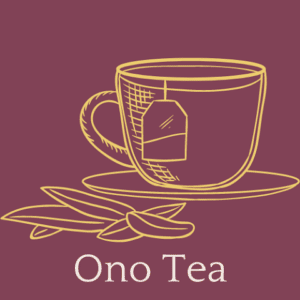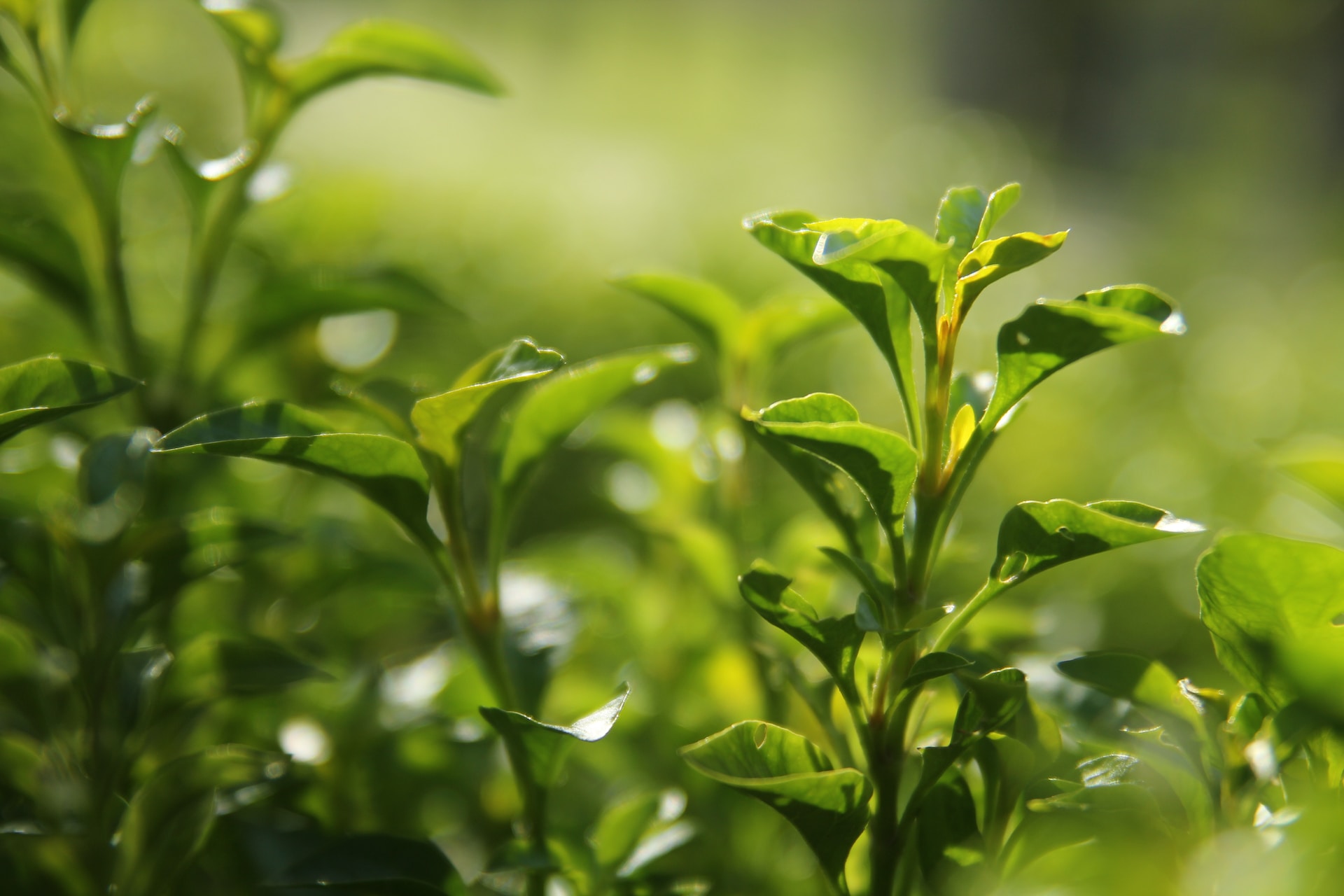A valid question comes to everyone’s mind: ‘Is Oolong tea black or green?’ If you are also thinking about it, then you are not alone, as there is already an ongoing debate among tea connoisseurs. People have been thinking about this question for the longest time.
So, to understand the correct classification of Oolong tea, we first need to know the differences between both major types of tea, i.e., black and green tea. Doing this allows us to observe whether Oolong tea possesses the qualities of green or black tea.
Oolong tea is a unique beverage that offers a variety of flavors, notes, and aromas. It falls into the categories of green and black tea because it has qualities of both. Oolong tea has a moderate oxidation level, while black tea is fully oxidized and green tea is minimally oxidized. Hence, it wins the center position between both teas.
In this article, we have taken the responsibility to dive deeper into this question and find out about the history and unique qualities of oolong tea, and if we are lucky, we might also find the answer. We will also explore some of the expert’s opinions on this matter and see if they can put an end to this debate.
Understanding Oolong Tea
Oolong tea has a rich history, and Chinese green tea traditions have been embedded in it for centuries. It is the most cherished tribute to Chinese culture in the world. Everything about the tea is unique, from its origin to the taste and aroma; all characteristics are distinct and worth appreciating.
It is derived from the Camellia Sinensis plant.
To create such an amazing beverage, a lot of effort from trained farmers and craftsmen is required during production. One thing that sets the Oolong tea plant apart from other teas is its broad spectrum of flavors and aromas. It gives different notes at different levels of harvesting, oxidation, and roasting. Hence, choosing the perfect type of Oolong tea leaves can be quite a task.
Even the appearance of the tea ranges from green leaves to dark amber leaves, and each color showcases unique levels of complexity. Such basic differences and qualities of the tea lay the foundation of its classification.
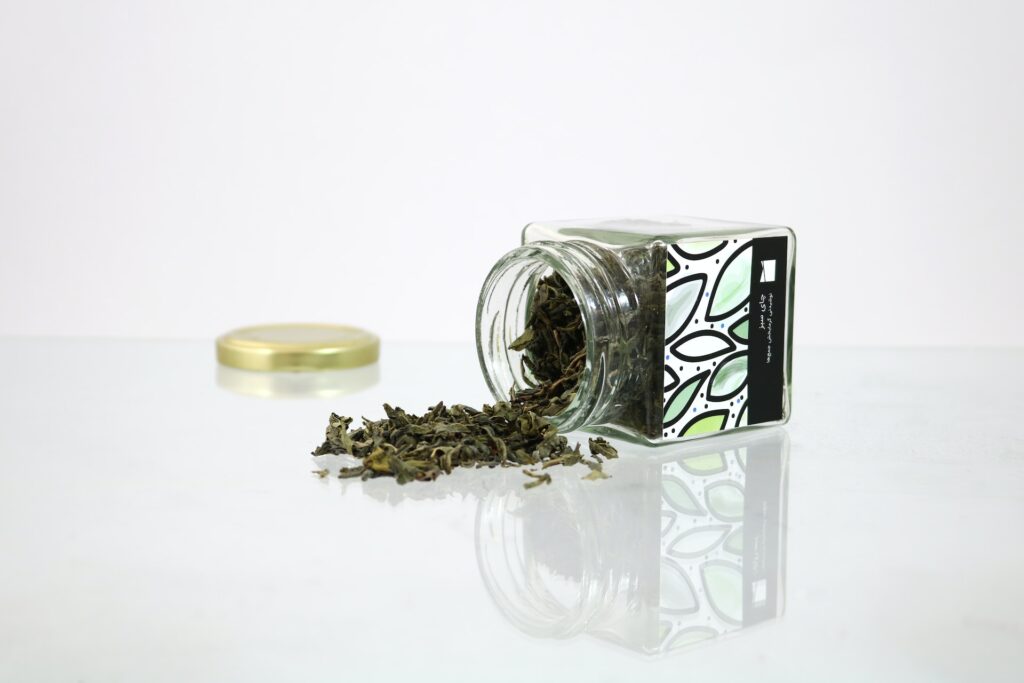
Differentiating Black and Green Tea
To understand the classification of Oolong tea, we first need to know more about green and black teas. We need to discuss their differences in detail so that we can identify which one is more similar to Oolong.
About Black Tea
Black tea has a robust taste with various notes ranging from earthy to fruity, depending on the type. The production process involves withering fresh leaves, rolling them, and then initiating oxidation to darken the leaves.
It is fully oxidized, and the oxidation process provides an intense flavor and aroma to the black tea. After complete oxidation, the leaves get a deep amber or reddish-brown color.
Tea enthusiasts mainly love its strong flavor profile. There are a number of black tea types available on the market, and each delivers a different flavor. Many types of black tea contain additives to enhance the flavor. For example, Earl Grey tea is infused with bergamot oil for a citrusy aroma and flavor.
Black tea is a great source of energy as it contains a higher amount of caffeine. It is an ideal choice for people who like a strong and a little bitter taste along with mild sweetness.
About Green Tea
Green tea is known for its fresh and light taste and amazing health benefits. It goes through minimal oxidation, due to which its nutrients stay intact. Once the green tea leaves are harvested, they are heat-treated to stop their oxidation process immediately.
The gentle oxidation preserves the natural green color of the tea leaves and further enhances the flavors without damaging the nutrients. As a result, you get a mild, light, and refreshing cup of green tea.
Green tea has leafy and vegetal notes with a light sweetness. It also offers a wide range of flavors and aromas depending on its specific growing conditions and variety. For example, Matcha green tea has a smooth, rich, and creamy texture with umami flavor. Everyone can choose their preferred green tea type according to the notes and flavors.
The brewed green tea has a light green or light golden color, which depicts its gentle and refreshing taste. It provides a delicate mouthfeel and aftertaste, leaving you with feelings of calmness and rejuvenation.
Health Benefits of Black Tea
Since black tea goes through the full oxidation process, it loses many essential nutrients. However, it still possesses some unique health benefits. During oxidation, black tea produces compounds like theaflavins and thearubigins, which positively affect heart health. They help improve heart health by controlling high blood pressure, reducing cholesterol, and promoting healthy blood sugar.
The moderate caffeine content in black tea acts as an energy booster and can be used to enhance mental stimulation to stay alert.
Health Benefits of Green Tea
Green teas, on the other hand, are purported to have more beneficial health benefits because they do not go through a harsh oxidation process. The limited oxidation retains the antioxidants in green tea. There are several compounds in green tea that provide anti-inflammatory and anti-carcinogenic effects.
It also helps in maintaining a healthy heart by reducing cholesterol levels, promoting weight loss, and improving cognitive function and gut health. Since green tea contains the least amount of caffeine, it can be a perfect choice for people who are caffeine sensitive.
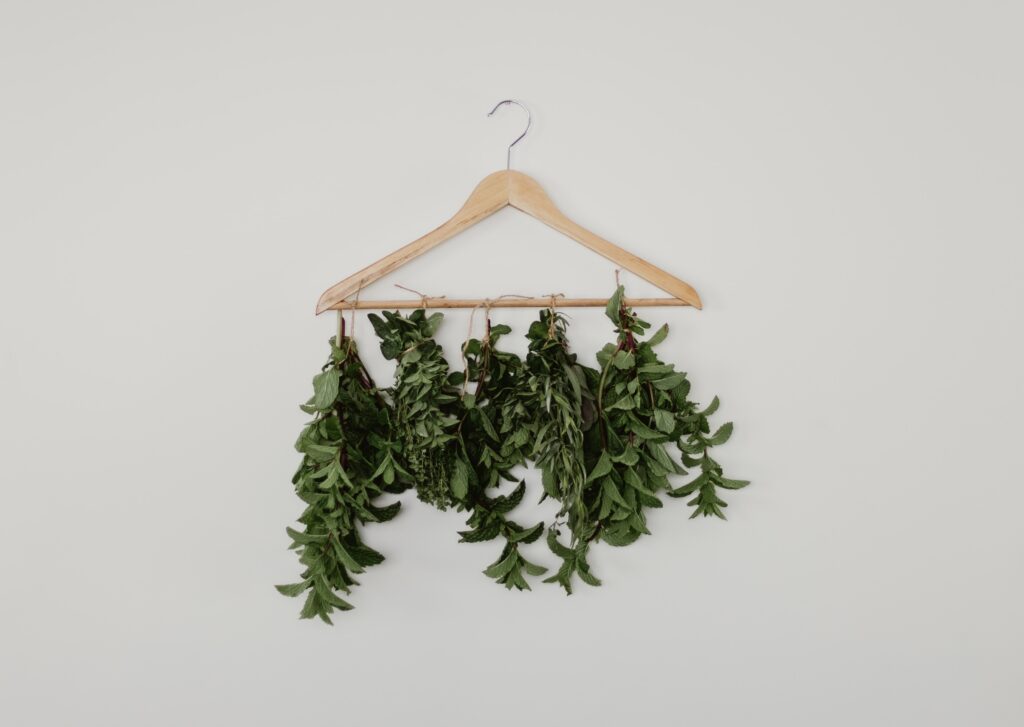
Finding the Middle Ground for Oolong Tea
Generally, it is considered that Oolong tea is the ‘middle ground’ between black tea and green tea. As it possesses some qualities of black tea, and some of them are similar to those of green tea. Additionally, it contains some unique characteristics, which is why it cannot be classified as either of the teas. The distinctive qualities of Oolong tea include its oxidation level, processing methods, and variety of flavor profiles.
One of the main reasons why Oolong is a unique tea is its oxidation level. It has a moderate oxidation level, unlike fully oxidized black or minimally oxidized green teas. The oxidation level allows the tea to undergo partial enzymatic reactions before being halted completely. Hence, the tea consists of a variety of notes, flavors, and aromas.
The production of Oolong tea consists of a prolonged process that requires expertise and accuracy. The knowledgeable farmers grow high-quality tea plants in optimum conditions. They hand-pick the best leaves and begin withering them to reduce moisture content. Then, moderate oxidation occurs under controlled temperatures and conditions, leading to the amazing flavor profile of the tea.
Oolong tea has a wide spectrum of flavor profiles, aromas, and colors. It mainly depends on the oxidation level of the particular Oolong tea. You can easily judge the oxidation level by looking at the color of the tea leaves. The vibrant green leaves showcase lighter Oolongs with a milder taste, while darker leaves can be of amber or brown shades, showing the intensity of the tea.
Since Oolong has achieved a ‘middle ground’ between black and green tea, it intrigues the tea enthusiast to try it out. It is a gift for them, as they get to enjoy various floral and fruity notes in one tea.
Debating the Color Classification of Oolong Tea
Another topic of debate about Oolong tea’s classification is its color. Some tea connoisseurs classify it as black tea, while others argue that it is more similar to green tea.
This debate about the color depends on the oxidation level and processing method of the tea. The partial oxidation gives a different flavor and color to the loose-leaf tea, which is different from both green and black tea.
The experts who are in favor of classifying Oolong as black tea say that its flavors and oxidation levels align more closely with black tea. They argue that the strong and robust taste of certain Oolong varieties is similar to that of black tea. Moreover, the dark color of the heavily oxidized Oolong leaves also resembles black tea. Hence, they want to classify it as black tea.
On the other hand, other experts want to classify it as green tea because of the partial oxidation. They also argue that the fresh and grassy notes in some of the Oolong tea varieties are similar to those in green tea.
So, there has to be a middle ground for Oolong tea, as there cannot be a single agreement over this debate. We feel like there is never going to be an end to this discussion.
Regional Variations of Oolong Tea
The complexity and uniqueness of Oolong tea are also due to its regional variation. Its origin contributes to its amazing flavors, aromas, and textures. Let’s go through the varieties of Oolong tea depending on their region:
1. Fujian, China: The Birthplace
The main hub and birthplace of Oolong tea is Fujian Province in China. It holds the memories of Oolong’s history and produces the most premium Oolong tea available in the world. The tea produced here is rich in flavor profiles, with several aromas and textures. The flavors differ according to the location of the tea plants in the Fujian mountains, i.e., whether they are grown on top of the mountain or at the bottom. The types of Oolong teas grown in Fujian are Tie Guan Yin, Da Hong Pao, and Bai Ji Guan.
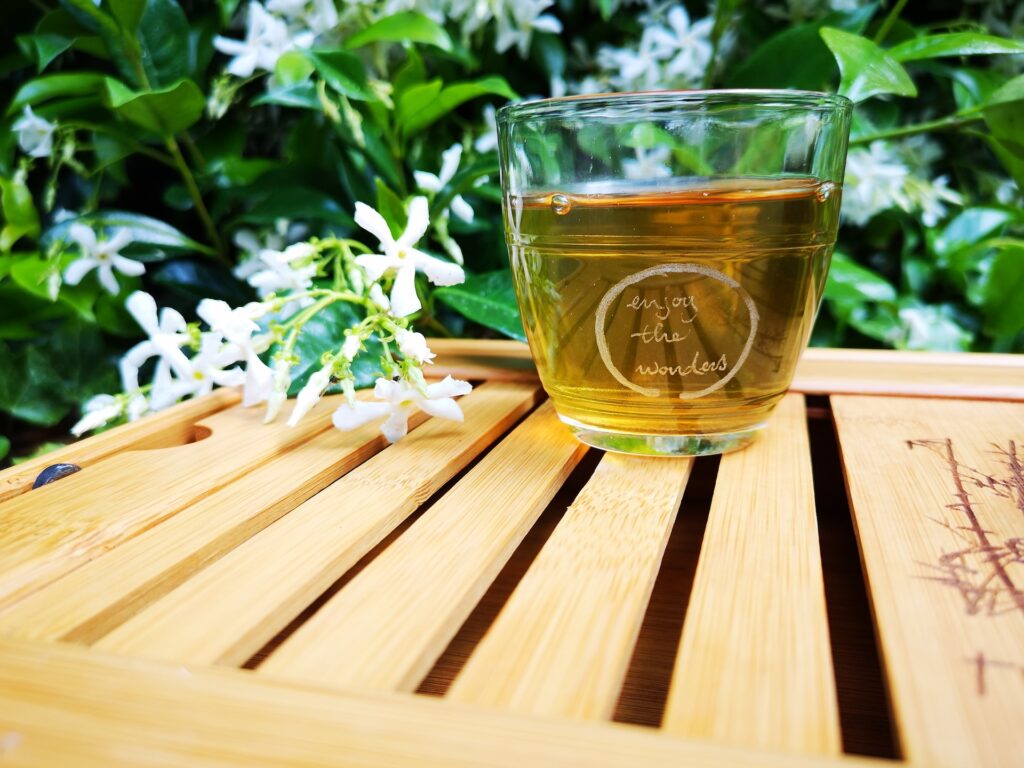
2. Taiwan: Fine Oolong
Taiwan is worldwide famous for producing excellent-quality Oolong teas. Many different types of Oolong teas can be found in the hilly terrains of Taiwan, of which Alishan, Dong Ding, and Oriental Beauty are most famous. Alishan Oolong tea, found on high mountains, is known to be a light and scented tea full of flavors and a sweet aroma. The Dong Ding Oolong tea has a floral fragrance and a sweet aftertaste. The medium oxidation level of this tea enhances its strength, flavor, and fragrance. And Oriental Oolong tea is most famous in Taiwan due to its honey-like unique flavor and best aroma.
3. Darjeeling, India
In the Himalayan range lies another hub of tea, especially black tea, called Darjeeling. In addition to various types of black tea, it also produces Oolong tea, which has its own distinct qualities. The Oolong produced at Darjeeling has a delicate and floral flavor as it is lightly oxidized. It has a refreshing feel due to the fruity notes.
4. Thailand: Golden Triangle
The Oolong tea cultivated in the northern region of Thailand, known as the Golden Triangle, has recently gained some significant attention. It is a mixture of Chinese techniques and the unique terroir of Thailand. There are wide ranges of flavors and aromas so that tea enthusiasts can have a delightful experience.
Expert Opinions and Perspectives
There are several opinions and perspectives from experts and tea enthusiasts who have tried to end the debate several times. Here are a few prominent concerns of the experts that they keep in view as they try to classify Oolong tea as either black or green tea:
Flavor and Aroma
The experts are highly knowledgeable about the various notes and nuances of the tea. They taste the various types of Oolong tea along with other black and green teas to identify their similarities and differences. Even the slightest taste difference cannot be hidden from these masters. They can understand all the floral, fruity, or woody notes in the teas. Their strong observations help them have a deeper knowledge of the complexity of flavors.
Culture and Region
Depending on where the tea master belongs, they will have different views about the making of the tea. If the tea masters are Chinese, they would prefer and like the Fujian tea processing methods. They promote their own respective cultures and try to show people how their techniques are beneficial for tea.
Processing
Since tea experts and professionals are so experienced in testing and tasting different types of teas, they can easily identify their processing methods. They analyze the tea and describe its detailed characteristics according to the processing, such as oxidation level, rolling, and roasting. They also consider the tea plant’s growing conditions, like soil, climate, moisture, etc., because these attributes contribute to Oolong’s flavor.
Health Benefits
Another factor that experts consider about Oolong tea is its chemical composition and health benefits. Any tea has positive and negative effects on health. Oolong tea has quite a lot of health benefits. Experts are of the opinion that Oolong tea does not go through an excessive oxidation process; hence, its nutrients stay intact. The experts carefully judge the tea color and aroma to understand the processing times efficiently.
Overall, experts provide several insights and opinions about the tea according to its origin, flavor, processing, and health benefits. However, none of them has yet been able to classify Oolong tea as either black or green tea.
Conclusion
We discussed the characteristics, types, regional variations, and views of experts in the tea field about Oolong tea. This tea is quite different from green or black tea due to its medium oxidation level and distinct taste. The huge diversity in its fragrance and taste makes it a unique choice for tea lovers. Regional types like Taiwanese, Fujian, Thai, Darjeeling, etc. further add to its characteristics and flavor.
Whether you consider it closer to black tea or green tea, you will always love its fresh notes, robust flavors, and antioxidants. The never-ending debate over its categorization as black or green will still continue as long as it owns its specific, distinct features and unique taste. Regardless, this tea will always be an attestation of high artisanship and wonderful heritage.
